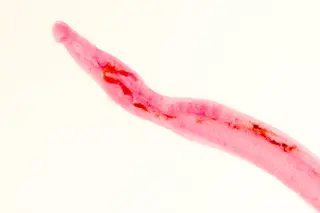National Donate Life Month, celebrated every April, is here once again. It’s a time to acknowledge and encourage the gift of life that organ donation provides. Since the first successful organ transplant in 1954, countless lives have been saved through transplants. Just last year, surgeons performed a record number of transplants — more than 40,000, roughly 60 percent of which were kidneys alone.
But there are some 106,000 people currently on the national transplant waiting list and, with another person being added every nine minutes, this need outpaces supply. Every day, an estimated 17 people die waiting for an available organ. And lack of supply isn’t the only barrier to transplants; viability of the organs is another issue. Thousands of donated organs go to waste each year because they don’t reach a potential recipient in time.
David Kravitz knows what it’s like to agonize over a loved one needing an ...















